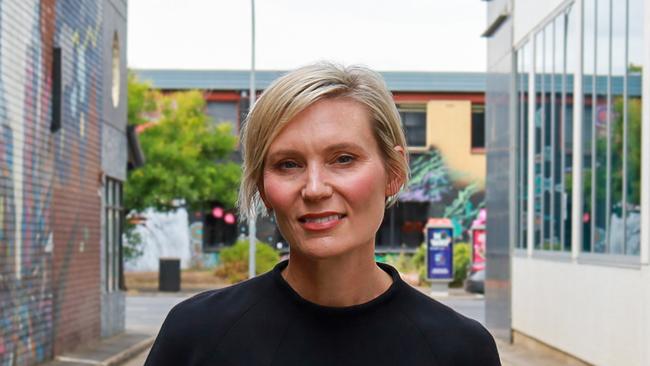Brands find advertising success on high-attention media channels
Marketers must consider media channel selection carefully to capture audience attention, a new report has found. But experts warn, the wrong media channel choice can set ads on a course to fail.

Strong creative assets placed on “high attention” media platforms on which audiences can’t skip or scroll through content can boost attention by up to 75 per cent, a new Advertising Council Australia (ACA) report has found.
Off the back of the report Attention & Effectiveness: To ESOV and Beyond Part II released last week, a top marketing leader agrees that channel choice can make or break a campaign.
Speaking to The Growth Agenda, senior director and head of marketing APAC at Uber, Lucinda Barlow said: “If you have great creative, but you have the wrong channels, no one‘s going to see it, no one’s going to engage with it.”
Marketers currently face pressures on many fronts, from delivering on brand value and loyalty to investing in activities that demonstrate return on advertising investment – all of which are becoming ever more pronounced amid the current inflationary and recessionary environment.
The report brought leading Australian and international marketing minds together, including marketing effectiveness “godfather” Peter Field, industry-leading CMO advisor and consultant Robert Brittain and professor Karen Nelson-Field, founder and chief executive of Amplified Intelligence, and found that the business impact of marketing campaign effectiveness can increase by 65 per cent when strong creative is placed on high attention media.
Mr Brittain said that this combination makes good creative “work incredibly hard”.
For the study, Amplified Intelligence’s proprietary software was used to track “active” human attention.
“You would expect that if you have good creative then you would naturally get more brand outcomes, but if the platform doesn’t give you that opportunity then the creative can’t do its job. And how much opportunity the platform affords your creative is directly related to the user experience” said Ms Nelson-Field.
She argues that marketers should therefore plan for attention as a key performance metric instead of reach.
“The platform is the biggest decision you‘re going to make before your creative is even generated because it sets the stage for your creative to shine,” said Ms Nelson-Field. “The user experience of the platform defines much attention you’re going to get.”
The report builds on ACA’s 2021 report To ESOV and Beyond, which found that positive “extra share of voice” (ESOV) can be a powerful lever for business growth and a key planning metric.
“If you have a 10 per cent share of voice, but you only have an 8 per cent market share, then you have positive ESOV. And what we proved in the last paper is that‘s really powerful. You gain market share, it does lots of good to your business metrics, and it drives growth,” said Mr Brittain.
“But we’d identified what we called these elephants in the room that were kind of gnawing away at that relationship. ESOV relies on the fact that what you pay for is worth the money. We say, cost per impression is relative to effectiveness per impression. So you pay more for something that worked harder, you paid less for something that’s weaker.”
Mr Brittain said the research found, since the proliferation of digital channels, there is a misunderstanding of the impact of different platforms and channels. “You think you‘re getting your 10 per cent share of voice, but depending on where in investing you might not be, it might be quite a lot lower,” he said.
Ms Nelson-Field’s reason for this is attention, and the fact that some platforms get more attention than others, the report found, means media channel choice is key.
Speaking of Uber’s strategy, Ms Barlow said the brand has always placed a strong value on high attention media.
Uber Eats entered the Australian market six years ago with its “Tonight I‘ll be eating” brand platform, which became a five-time Effie Award-winning campaign in recognition of its creative strength and return on advertising investment it delivered.
Its market entry was married with “marketing-fuelled growth” and brand-led growth, Ms Barlow said, with a strong emphasis on channels such as traditional TV and online video – even when more cost effective choices were on the media menu. Its marketing strategy focused on driving salience, fame and entertainment.
“And that strategy has played out really well,” said Ms Barlow. “I‘m definitely a big believer that the right platform choice, the right channel choice can considerably amplify the power of your creative work and deliver outsized significant business impacts.”
Of the “Tonight I‘ll be eating” campaign, Ms Barlow said: ”We saw significant ROI from the combination of a really strong creative brand platform, consistent spend in good times and bad, consistently being in market and the right channel mix of high attention media. And even when we had a lower share of voice than our competitors, we still saw higher penetration and higher gains in market share.”







